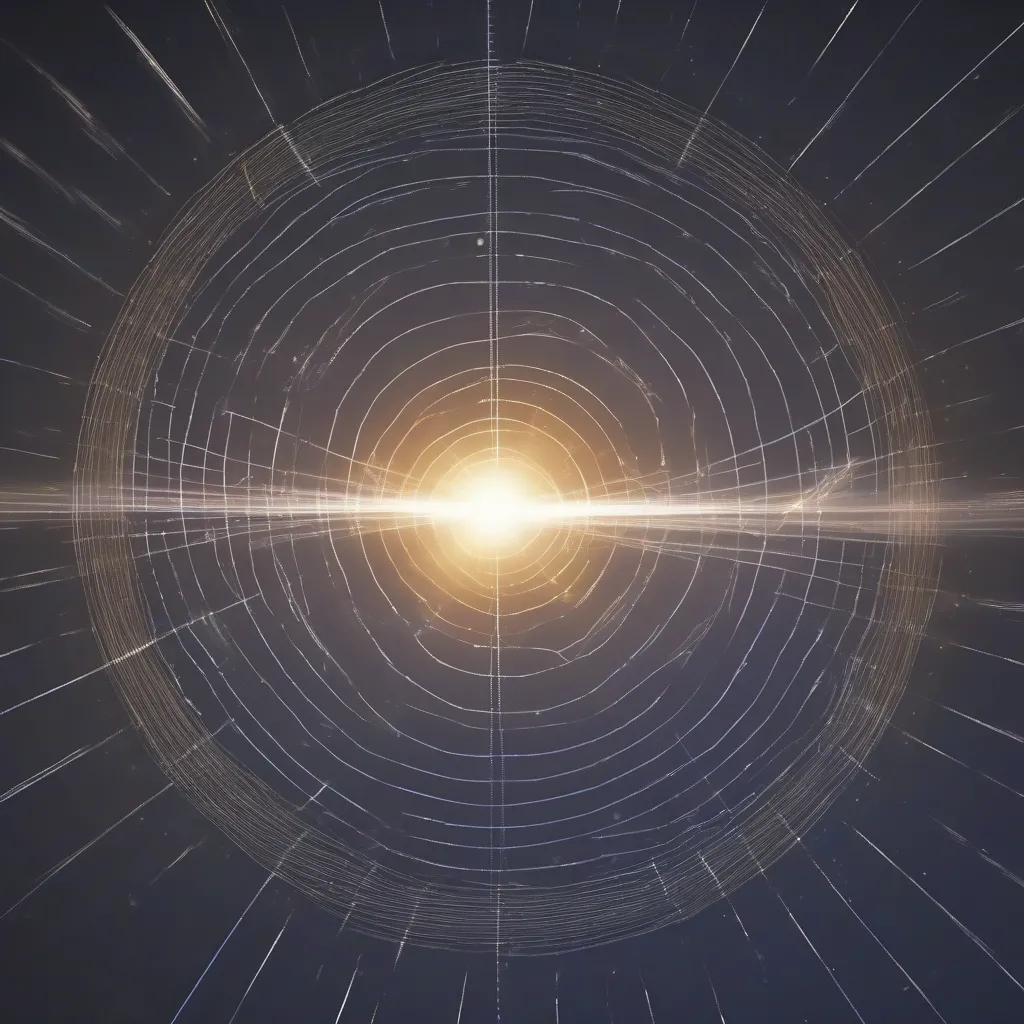Have you ever gazed up at the night sky, dotted with a million twinkling stars, and wondered about the vast distances between us and those celestial objects? The light we see from those stars has traveled for unimaginable lengths of time to reach us. It begs the question: just how fast does light travel? Buckle up, because we’re about to embark on a journey through the cosmos to explore the speed of light and its implications for travel and our perception of the universe.
The Speed Limit of the Universe
Light travels at an astonishing speed of approximately 299,792,458 meters per second in a vacuum. That’s about 186,282 miles per second! To put that into perspective, light could circle the Earth over seven times in just one second. This incredible speed is the ultimate speed limit in the universe, according to Einstein’s theory of relativity. Nothing can travel faster than light.
Traveling at the Speed of Light
Imagine you could travel at the speed of light. A trip to the moon, which takes about three days with current technology, would be over in a mere blink of an eye – just over a second, to be precise. A journey to our sun, which is about 93 million miles away, would take just over eight minutes.
Think about that for a moment – the sunlight warming your face right now left the sun’s surface eight minutes ago. It’s a fascinating reminder that we’re always looking back in time when we observe the universe.
 Earth and Speed of Light
Earth and Speed of Light
The Speed of Light and Travel Time
The immense distances in space are measured in light-years. A light-year is the distance that light travels in one year. To give you an idea of just how vast this distance is, consider Proxima Centauri, the closest star to our sun. It’s about 4.24 light-years away.
This means that the light we see from Proxima Centauri today actually left the star over four years ago. We are literally looking into the past when we observe distant objects in space.
Exploring the Solar System and Beyond
Traveling at the speed of light would open up incredible opportunities for exploration. We could visit other planets within our solar system, like Mars, in a matter of minutes. We could even venture out to nearby star systems, though the journeys would still take years even at such incredible speeds.
 Planets of our Solar System with a spaceship
Planets of our Solar System with a spaceship
The Speed of Light and Our Understanding of the Universe
The speed of light is not just a fascinating scientific fact; it’s a fundamental constant that shapes our understanding of the universe. It governs how we perceive time, distance, and the interactions between matter and energy.
From Distant Galaxies to Everyday Life
The speed of light might seem like a concept reserved for astrophysicists, but it has very real implications for our daily lives. For instance, it plays a crucial role in technologies like GPS, telecommunications, and even microwave ovens.
Next time you gaze up at the night sky, consider the incredible journey that light has taken to reach your eyes. It’s a journey across vast cosmic distances, a testament to the mind-boggling scale and wonder of our universe.
For more fascinating insights into the world around us, explore other thought-provoking articles on travelcar.edu.vn, your go-to source for knowledge and exploration.